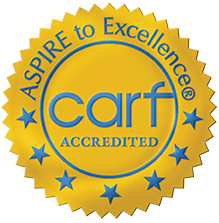Intensive Treatment Services of Arizona provides compassionate and scientifically proven strategies to help you to successfully recover from your addiction.
We have 5 clinic locations in Phoenix, San Tan Valley, and Mesa.


Intensive Treatment Systems provides medication assisted treatment (MAT) for individuals with opioid use disorder. MAT, combined with counseling, peer support and behavioral therapy creates a holistic, individual approach to treat the “whole-patient”. This FDA-Approved medication helps to alleviate withdrawal and cravings, allowing the patient to focus on positive behavior changes.
The Mobile Unit is an initiative provided through Intensive Treatment Systems (ITS), designed to assist and serve people ages 18 years and older that are struggling with opioid and other co-occurring challenges through Medication Assisted Treatment services.